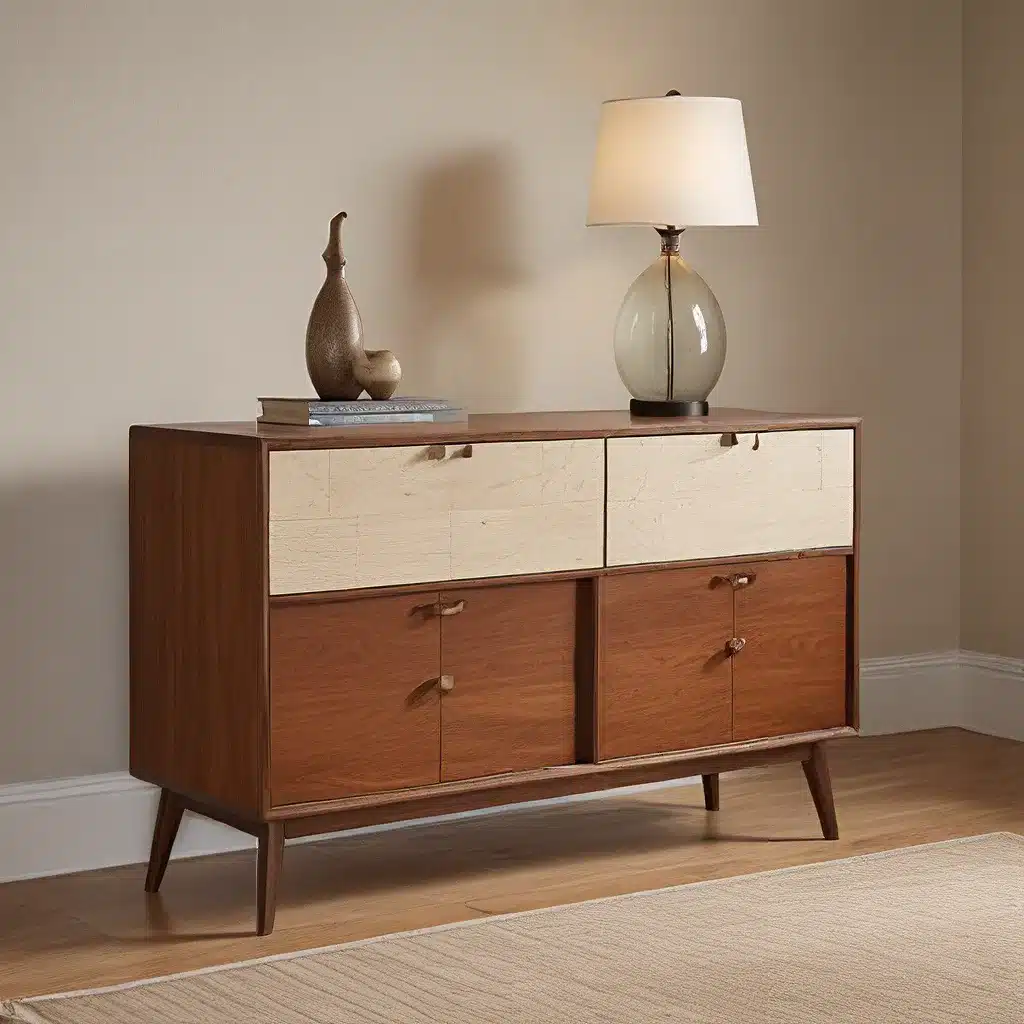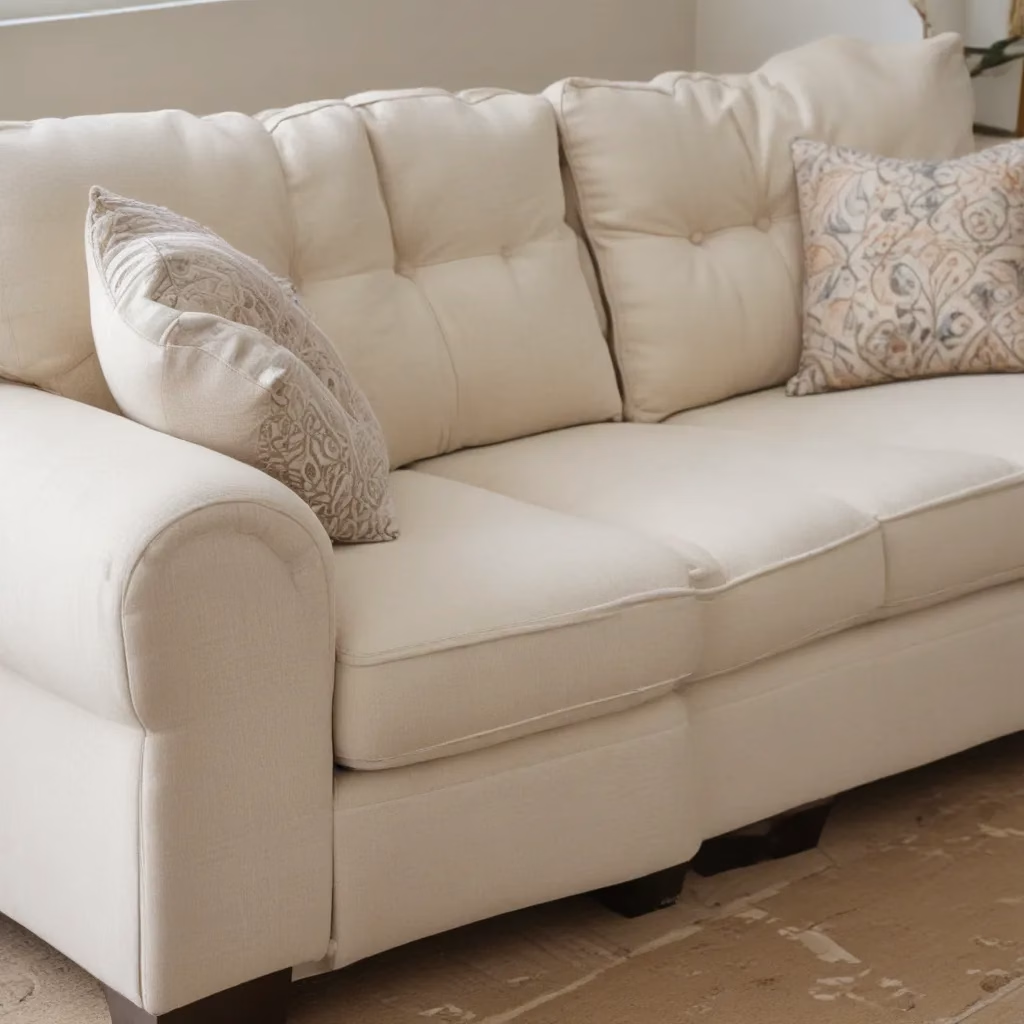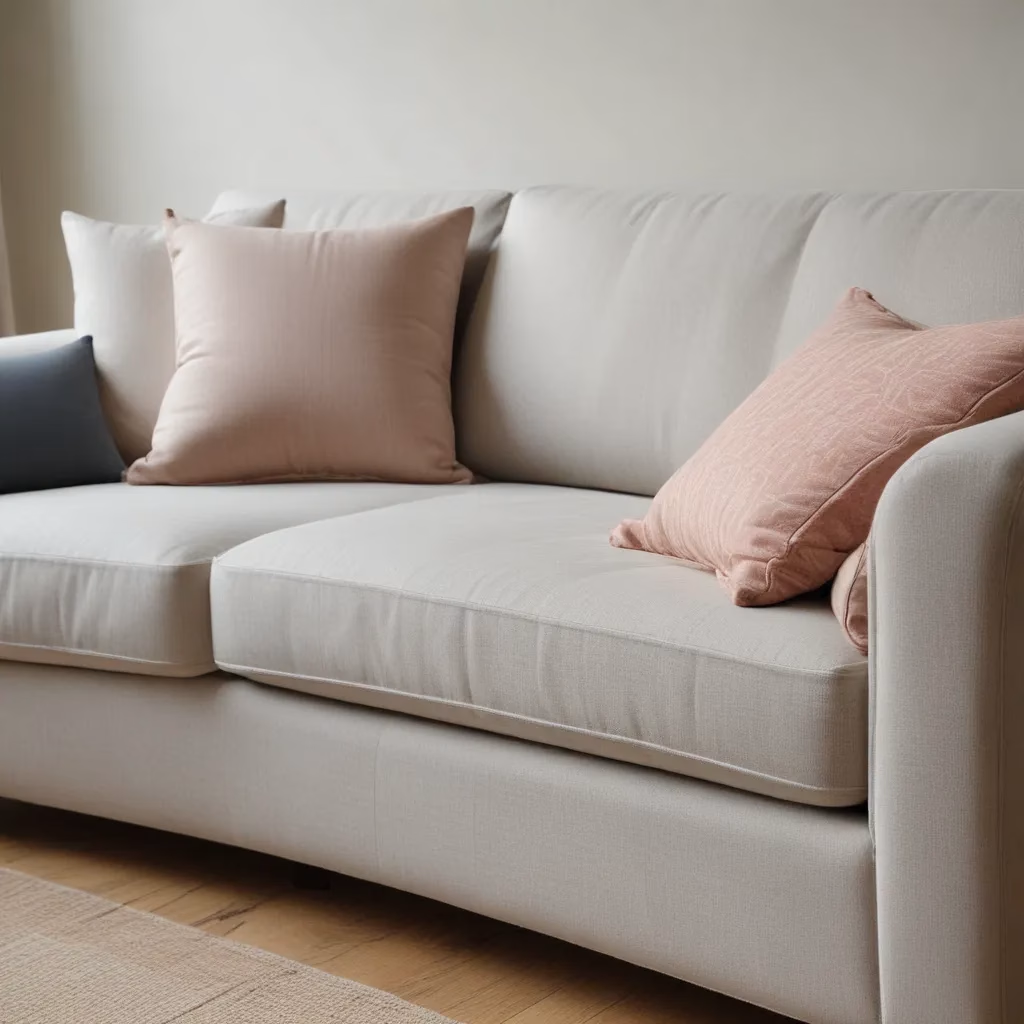
Ah, the ever-evolving world of interior design – where trends come and go, and finding the perfect balance between timeless elegance and modern flair can feel like navigating a labyrinth. But fear not, my fellow furniture enthusiasts, for I’m here to guide you through the captivating realm of transitional design. Prepare to unlock the secrets to creating a space that seamlessly blends the old and the new, the classic and the contemporary.
Embracing the Transitional Transformation
As someone who’s passionate about all things home decor, I’ve always been intrigued by the concept of transitional design. It’s a style that defies rigid categorization, embracing the best of both traditional and modern aesthetics. Imagine a room where the timeless charm of an antique armchair meets the sleek lines of a contemporary sofa – a harmonious fusion that captivates the senses and leaves a lasting impression.
But what exactly is this elusive “transitional” style, and why is it gaining so much traction in the world of interior design? Well, my friends, let me delve into the heart of this design philosophy and uncover the reasons behind its rising popularity.
The Art of Balancing the Old and the New
At its core, transitional design is all about finding the perfect equilibrium between the familiar and the innovative. It’s a style that celebrates the enduring appeal of traditional elements while seamlessly incorporating modern touches to create a space that feels both timeless and on-trend.
Imagine a living room where a plush, tufted sofa takes center stage, its classic silhouette juxtaposed against the sleek, angular lines of a contemporary coffee table. Or a bedroom where an ornate, antique dresser stands tall, complemented by the clean-cut, minimalist lines of the bedframe and nightstands.
This delicate balance is what sets transitional design apart, allowing homeowners to evolve their spaces without sacrificing the comforting familiarity of cherished pieces. It’s a style that embraces the past while eagerly embracing the future, resulting in interiors that are both sophisticated and inviting.
Navigating the Transitional Terrain
As with any design style, mastering the art of transitional decor requires a keen eye and a willingness to experiment. It’s about understanding the elements that define traditional and modern aesthetics, and then skillfully blending them together to create a harmonious whole.
One of the keys to nailing the transitional look is to pay attention to scale and proportion. While you may be tempted to mix and match furniture pieces willy-nilly, it’s important to ensure that each item complements the others in terms of size, shape, and visual weight. A massive, ornate armchair might look out of place next to a delicate, minimalist side table, for example.
Equally important is the selection of materials and finishes. Transitional design thrives on the interplay of contrasting textures and finishes, such as the smooth, polished surface of a glass tabletop paired with the weathered, rustic charm of a wooden base. Mixing metals, such as brushed brass and matte black, can also create a visually stimulating and cohesive look.
And let’s not forget the role of color and pattern in the transitional design equation. While a neutral color palette can provide a solid foundation, strategic pops of color and subtle patterns can add depth and visual interest to the space. Think of a plush velvet armchair in a rich, jewel-toned hue, or a geometric-patterned area rug that ties the room together.
Embracing the Evolving Nature of Design
One of the most fascinating aspects of transitional design is its inherent flexibility. Unlike rigid, trend-driven styles, transitional decor allows for a degree of personal expression and adaptability. As our lives and preferences change, the transitional aesthetic can evolve alongside us, seamlessly incorporating new elements and incorporating old favorites.
Perhaps you’ve inherited a beloved family heirloom, a stunning antique piece that you simply can’t bear to part with. With a transitional approach, you can skillfully integrate this cherished item into your contemporary decor, creating a harmonious and visually captivating end result. Or maybe you’ve fallen in love with a sleek, modern sofa, but you’re unsure how it would fit into your existing traditional-leaning space. Fear not, for the magic of transitional design can help you bridge the gap, ensuring that your new furniture piece feels right at home.
Conclusion: A Timeless Journey of Transformation
As I’ve delved into the world of transitional design, I’ve come to appreciate its transformative power. It’s a style that embraces the ebb and flow of our ever-evolving tastes and needs, inviting us to create spaces that are both comfortably familiar and refreshingly new.
So, my fellow interior enthusiasts, I encourage you to embark on this captivating journey of transitional design. Explore the endless possibilities of blending the old and the new, the classic and the contemporary. And who knows, maybe you’ll uncover your very own transitional treasures that will forever shape the way you experience your living spaces.
Remember, the beauty of transitional design lies in its ability to adapt and grow alongside us. It’s a style that celebrates the timeless elegance of the past while embracing the innovative spirit of the present. So, let’s dive in, get creative, and transform our homes into spaces that truly reflect our evolving selves.
Sofa Spectacular is the perfect destination to find the transitional furniture pieces that will breathe new life into your abode. From plush, tufted sofas to sleek, contemporary coffee tables, their curated collection is sure to inspire your next design transformation. So, what are you waiting for? Let’s embark on this exciting journey of transitional design together!



